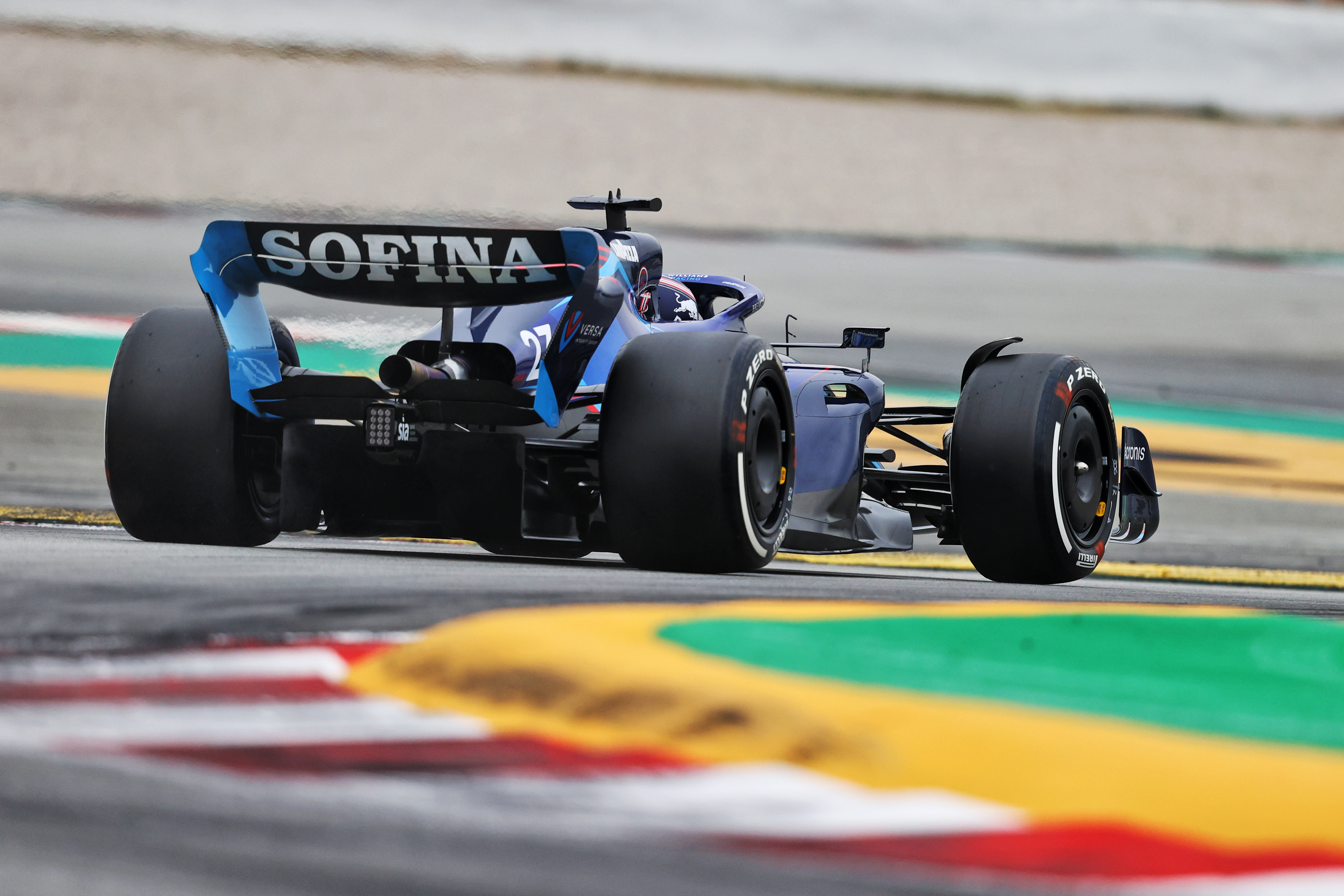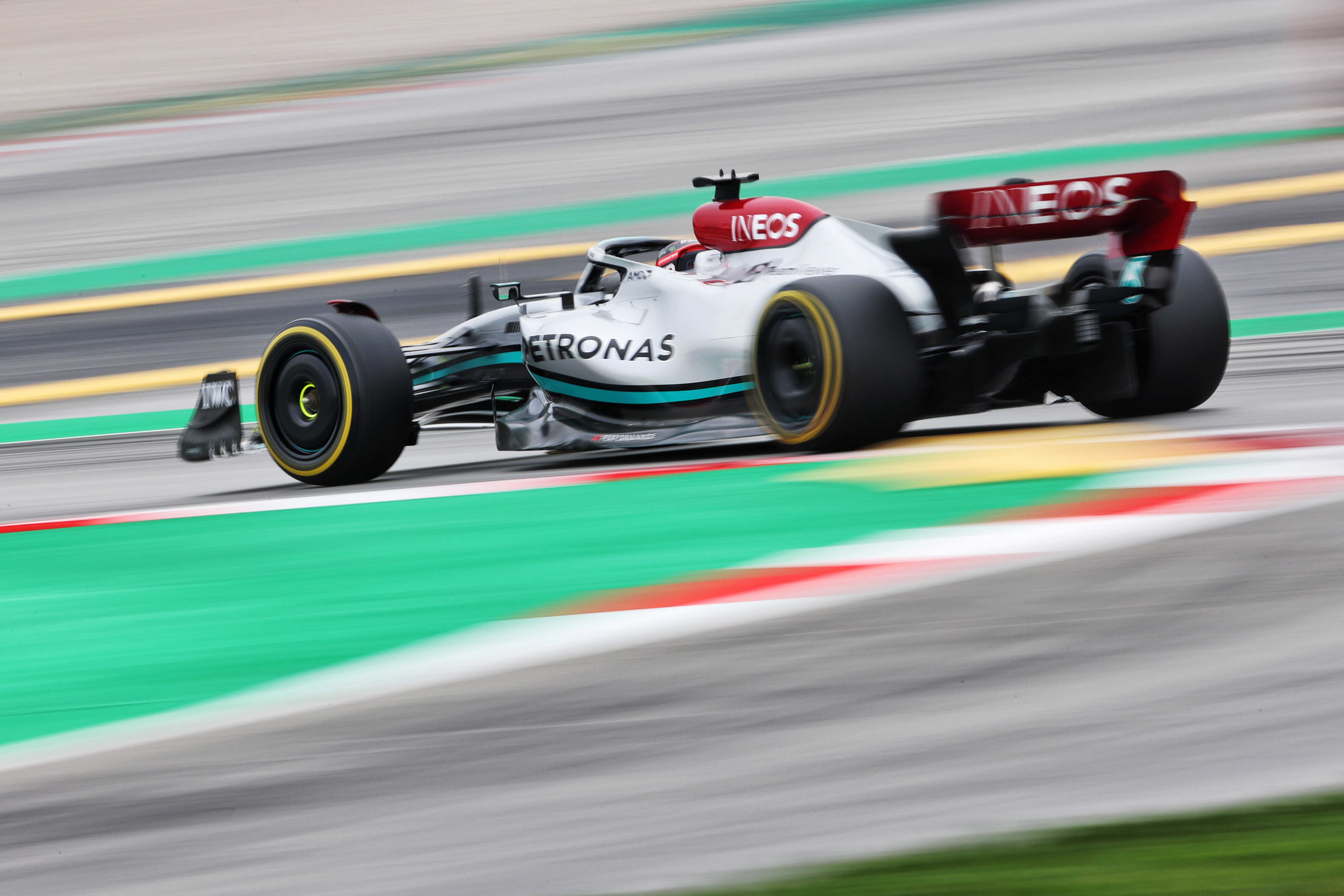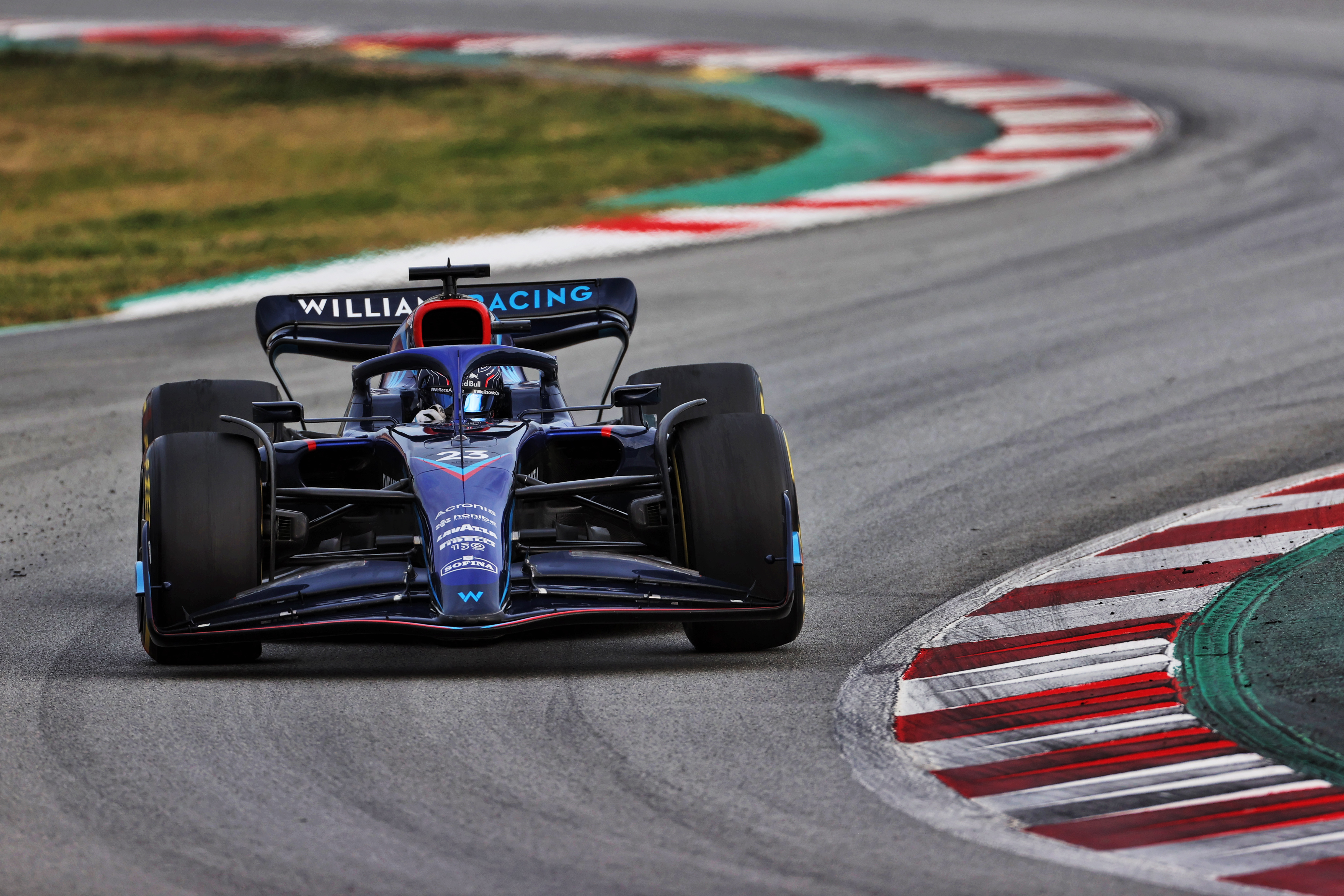Up Next

Formula 1’s development battle in 2022 is “an efficiency race” given the impact of the cost cap and aerodynamic testing restrictions, according to Williams team boss Jost Capito.
The cost cap baseline figure has dropped by $5million to $140milion this year, and despite various aspects of a team’s operations being exempt – notably driver pay – it does cover all aspects related to designing, developing, building and running the cars.
This means the biggest teams, such as Mercedes, Red Bull and Ferrari, have not only had to cut back not only on personnel working on their F1 programme, but also no longer have the additional resources available to indulge in what can be called ‘brute force’ development by outspending rivals.
While many teams, including Williams, haven’t had to cut back in this area owing to its spending already being within the cap, in order to make the most of the limits they also need to maximise their efficiency.
Just because teams hypothetically have similar design and development financial resources doesn’t necessarily mean they will all use them as productively. And the big teams have a baked-in advantage in terms of the quality of their tools and equipment after years of heavy investment.
“It’s all about efficiency now,” said Capito. “And we have the cost cap and you have to get the maximum out of the cost curve and that means you have to be able to do the best possible development throughout the year and for next year’s car.

“So having this in mind, all money you don’t spend somewhere else on fixed costs, for example, you can put into development.
“That’s the most important thing, Formula 1 becomes an efficiency race.”
Efficiency has always been crucial when it comes to development, even when spending was only limited by how much cash you had available. It is simply a measure of the output relative to the input and teams have always made more gains by maximising this.
Aston Martin, in its previous guises as Force India and Racing Point, has a proud history of overachieving in F1 from the days when it was a lower-budget team.
Its budget is rising to the point where it could spend at the cost cap, although is likely to come in just under this season, it’s still working on the same areas to maximise the efficiency.
“We’re always working on efficiency, making the most out of the process throughout the design, manufacturing, CFD, windtunnel, the whole process before bits even get considered to be put on the car,” said performance director Tom McCullough, who joined the team in 2014.
“It’s all about efficiency. With a cost cap now, even more so. The more time you have the better with such a huge regulation change.”
The challenge for the big teams is made bigger by the limited windtunnel and CFD time they have available. This means they can pursue less development avenues and must ensure they maximise their focus on the paths they are confident will pay off.
Under regulations that were introduced last year, windtunnel runs and CFD items are restricted for all teams. These are awarded on a sliding scale based on the reverse of a team’s constructors’ championship position, with the allocations reset every six months.
This season, Mercedes has only 70% of the allocation permitted, which means 224 windtunnel runs and 1400 CFD items per ATR period. There are six ATR periods during a year. Haas has the most, with 115% of the maximum, giving it 368 windtunnel runs and 2300 CFD items, per period.
Last year, the gaps between teams were smaller but Mercedes and Red Bull, who each spent six months with the lowest allocation given Red bull led the constructors’ championship at the end of June, had the least available with 1752 windtunnel runs and 10950 CFD items for the year compared to the 2136/13350 of Haas and Williams.
Mercedes team principal Toto Wolff has suggested that Mercedes has already planned out its upgrades and the costs and that it will be difficult to make big changes of direction with the car as a result.

“The added pressure of the cost gap makes it very difficult to then change the car fundamentally because everything is planned, every upgrade and their related costs are planned,” said Wolff.
“And therefore we are much more restricted with the budget cap in our ability to implement creative processes onto the car.”
This does not mean that we will not see much development, especially early in the season. Some development parts will have been signed off for Bahrain well before the running in Barcelona and some teams, Mercedes included, are known to have pushed to maximise the manufacturing of parts for this year to put them under last year’s cost cap. This is because it is possible to carry over a certain amount of parts inventory from year to year.
However, teams will have to be strategic in terms of the pacing of development. AlphaTauri, which is one of F1’s smaller teams, plans to bring its first major upgrade to the third race of the season at Imola, although it will introduce some new parts in the interim.
“We’ve got a few bits and bobs for the test in Bahrain, then we’ll have a few bits and bobs for the race,” AlphaTauri technical director Jody Egginton told The Race.
“And then the next big one will be Imola. Logistics, time to breathe and budget cap, mean you’ve got to spend your money [strategically].
“It’s not so much of a change, because the numbers are not so different to what we worked to anyway, but can’t really afford to be throwing any [away].
“We are more focused on that. You can spend the money quite easily. So you’ve got to be pretty focused and not waste it.”
The rate of development with the new cars will still be prodigious, even with the cost cap and aerodynamic testing restrictions.

But the full impact of these regulations will only become clear over time in terms of whether it allows the field to be more compact.
In the short term, expect teams to be more selective with the parts they sign off for manufacture, especially given the need for any parts that are raced to be produced in enough quantities to run two cars and spares.
Development will remain relentless, but the hope is that the spending and aero testing constraints will prevent the big teams from pulling away and ensure those struggling can close the gap.
Efficiency has always paid off and will continue to do so. What these rules prevent is teams with the resources offsetting any shortcomings in terms of efficiency with brute-force spending.








